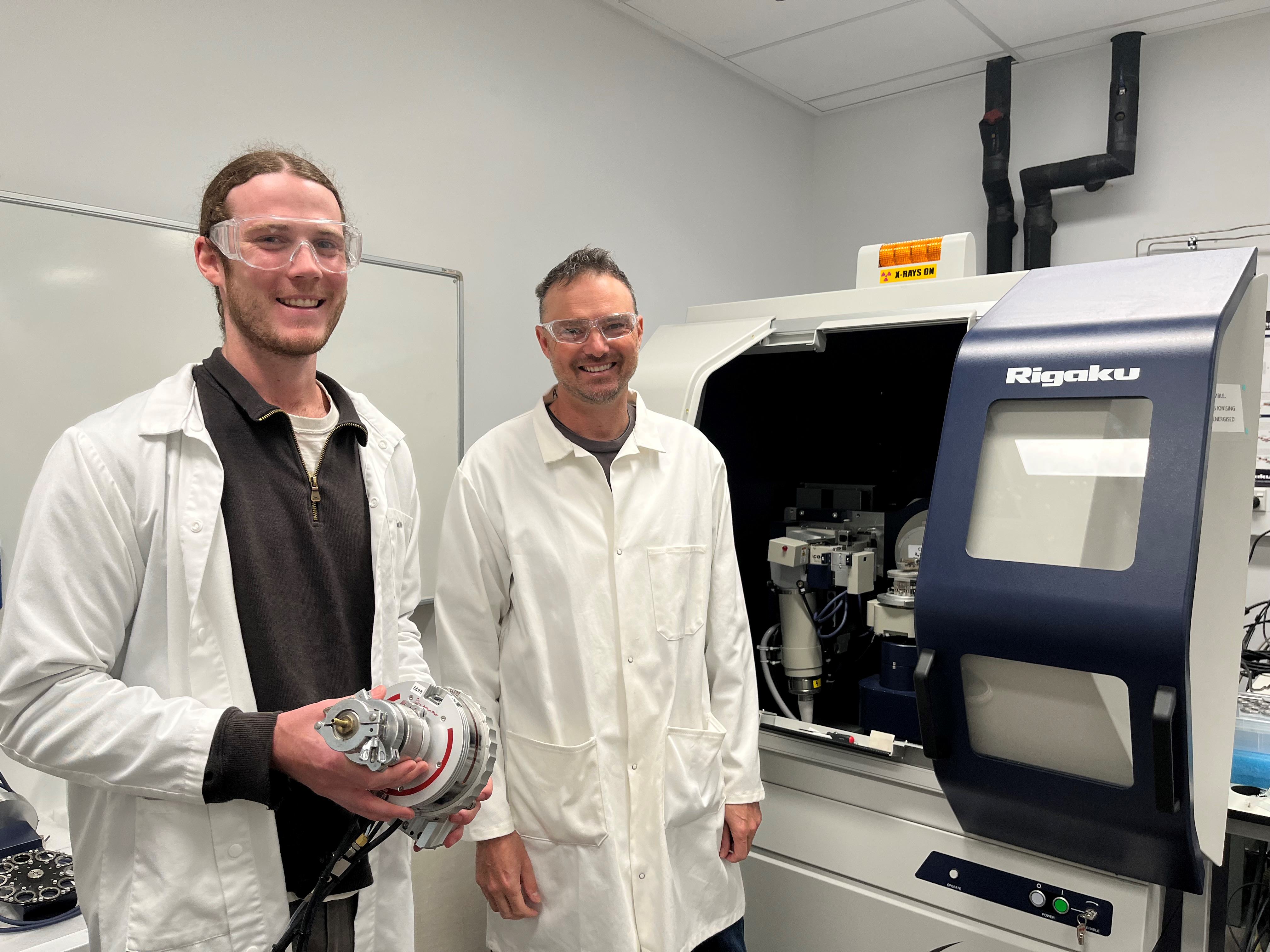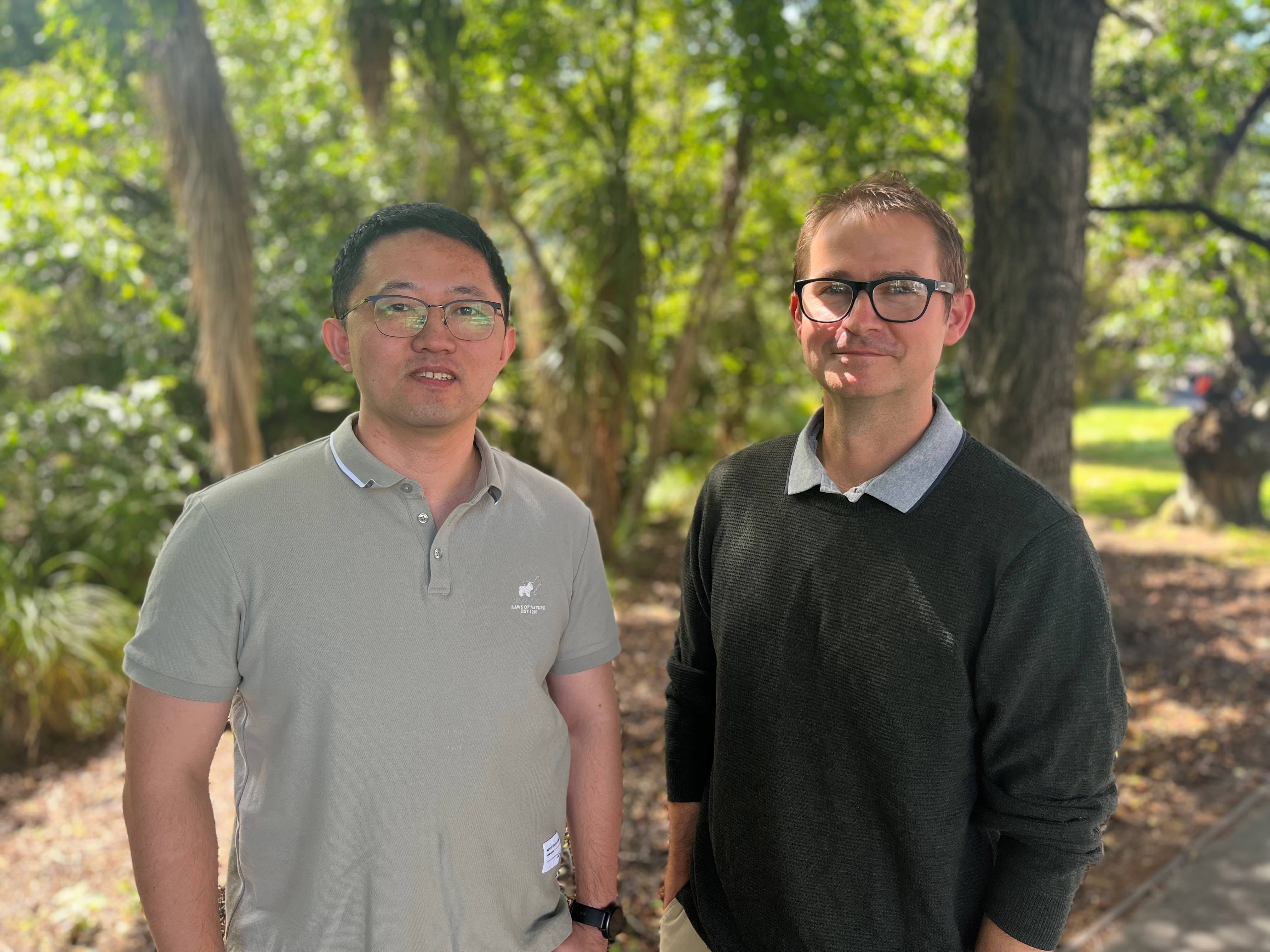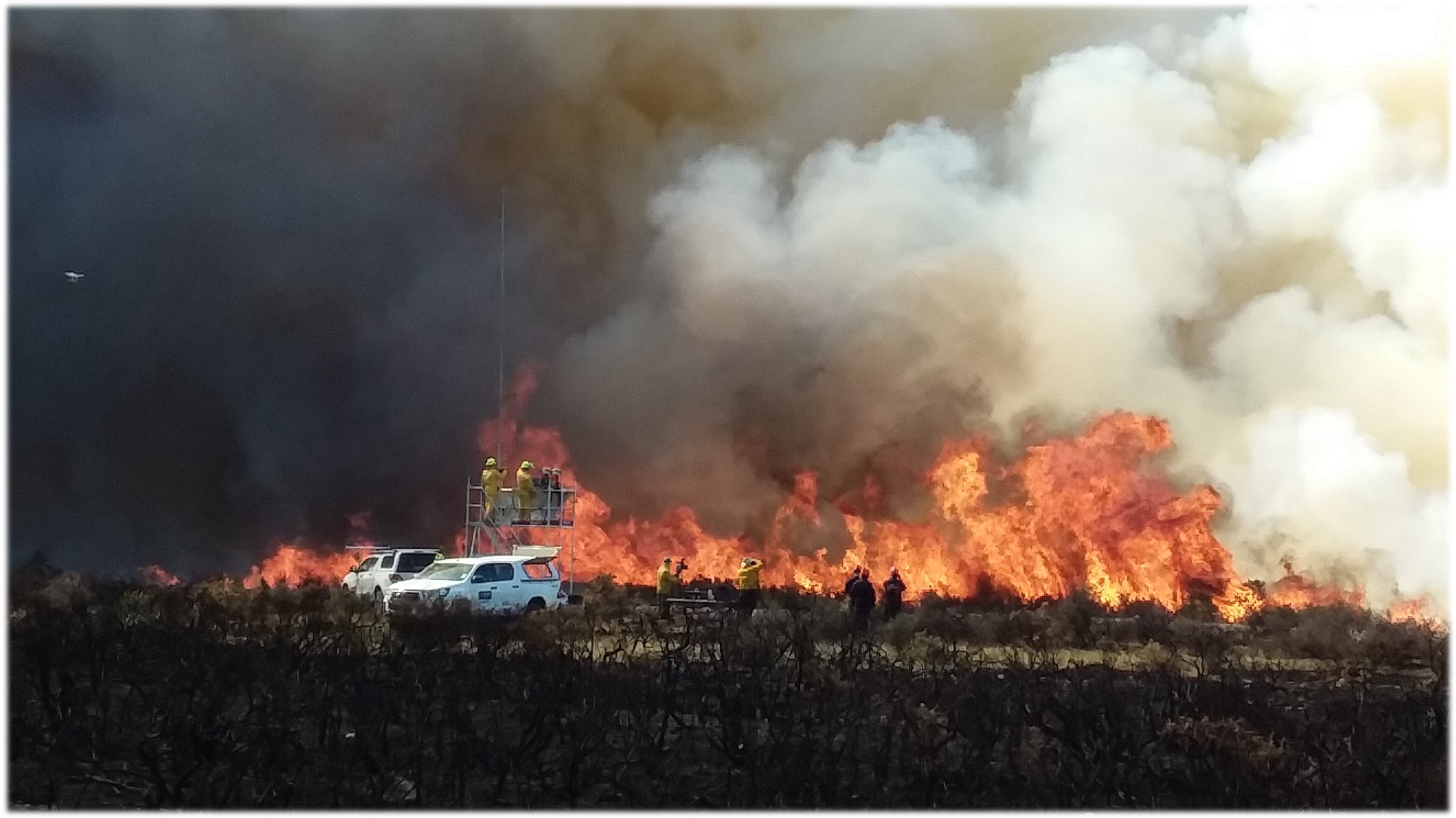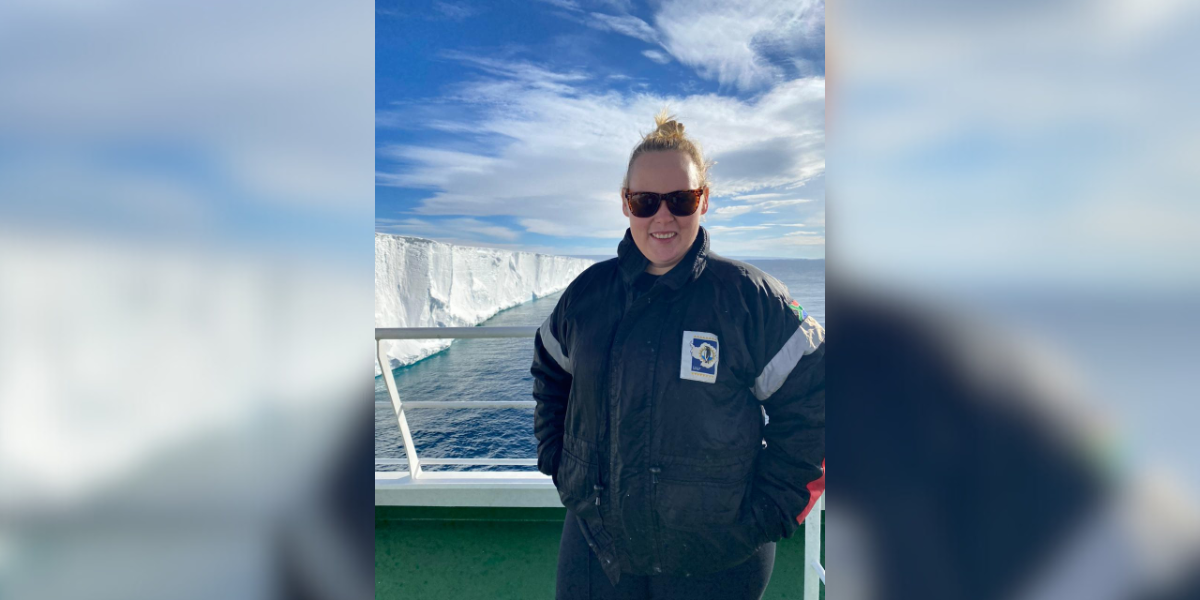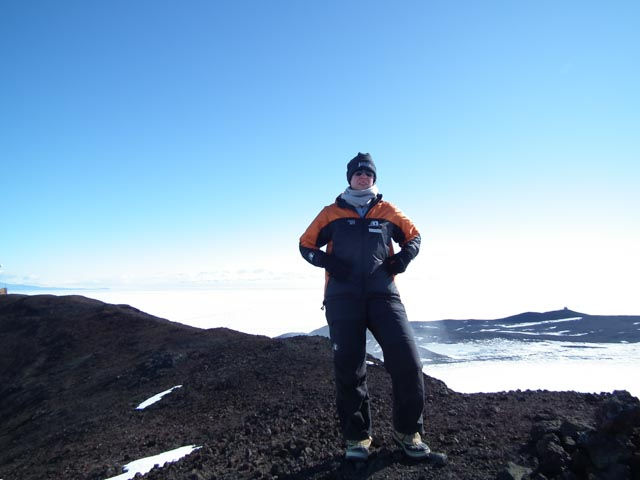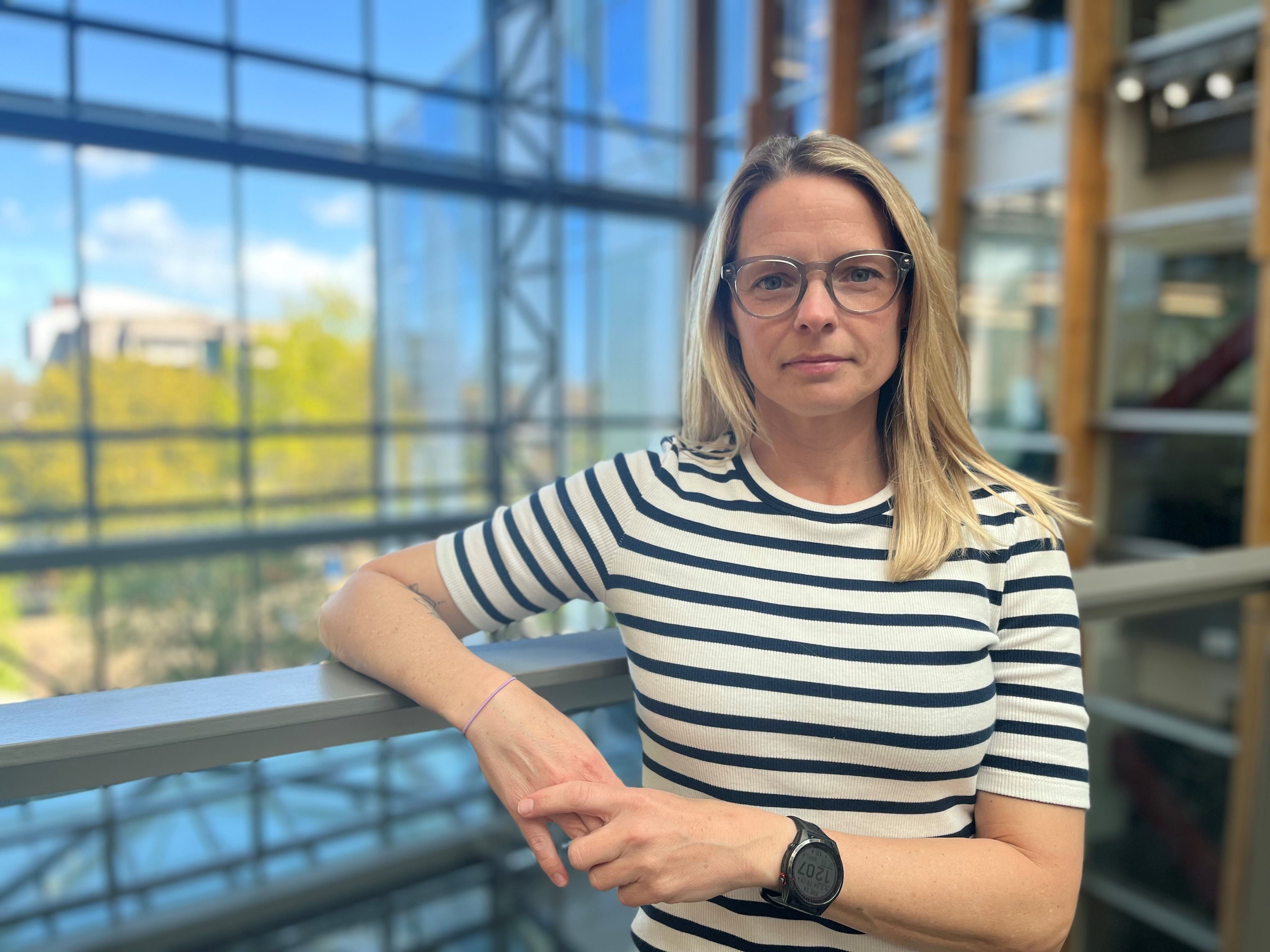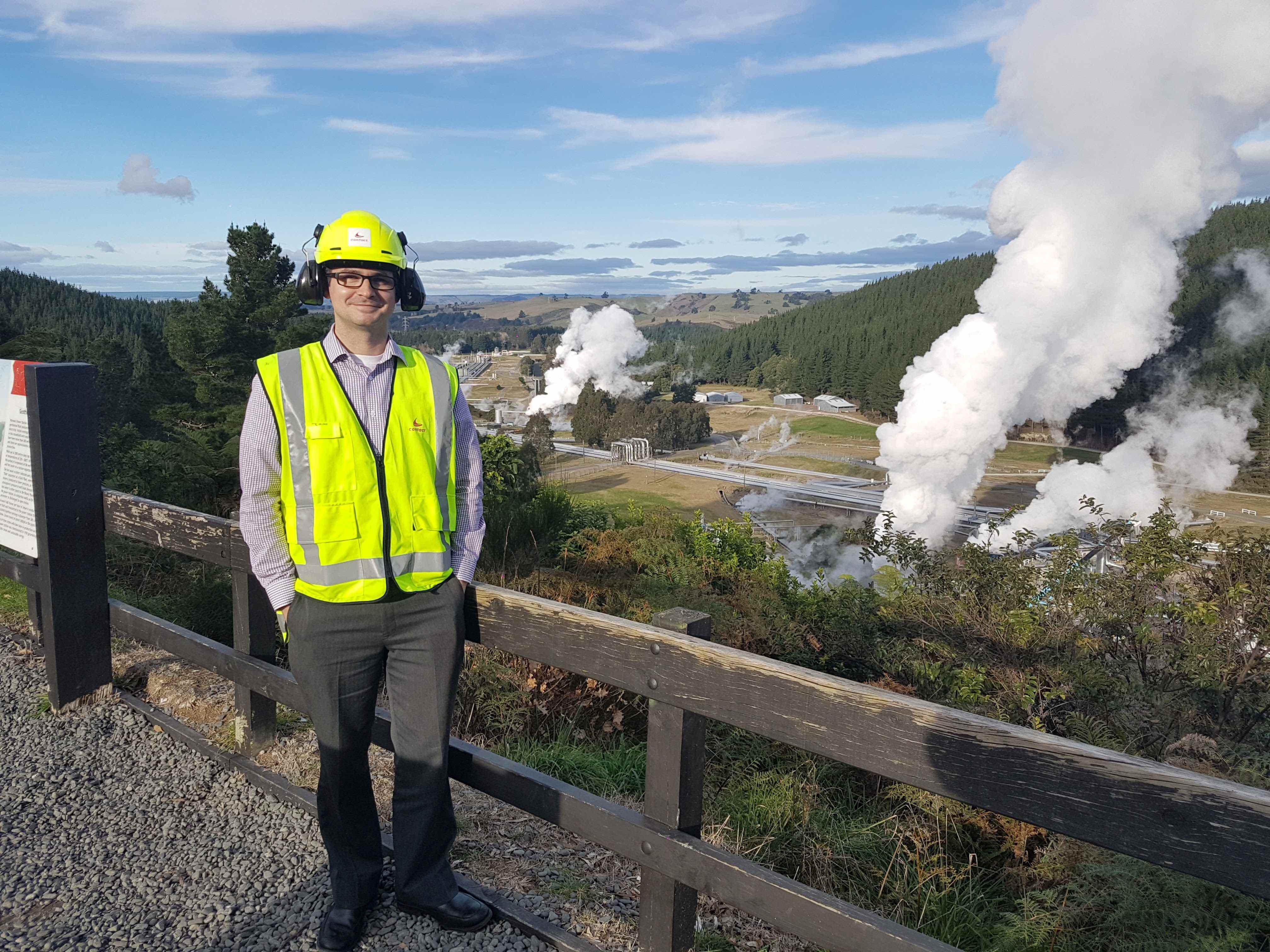“Key information we’re after is the magnitude of past earthquakes and the frequency of the largest earthquakes. So, while we’re studying prehistoric earthquakes, it’s with the aim of understanding and characterising future earthquakes.”
Dr Stahl says the research has highlighted how little information we have about active faults, and fault networks, in Georgia. He hopes this research will act as a template for other research taking place in neighbouring countries.
As well as developing seismic hazard models from studying individual faults, information is also gained on how mountain ranges and tectonic plates develop over time. The Eurasian-Arabian plate collision, which is how the Greater Caucasus’ have formed, is part of one of the longest plate boundaries in the world.
“GPS stations in Georgia indicate that the trench study was conducted in an area where the plates are coming together and really concentrating their force. However, the activity we found at the fault was not nearly enough to account for the whole plate motion budget. From this we know there are several other faults in the area that we don’t know about and might not be able to trench across.”
To date seismic events, the research team used radiocarbon dating of terrestrial land snails because they are found in modern surface soil and in old soil and deposits.
“Snails are complex in that, while they are alive, they eat old carbonaceous material and incorporate that into their shell. When the shell is dated you can get an age that’s a lot older than the snail. It can be problematic so to get around this we took modern snail shells from the same species and dated their shells, enabling us to get a more accurate age of the snail shells we found in the trench.”
The research team led by Dr Stahl included Professor Eric Cowgill and Dylan Vasey (PhD student), from the University of California, and Giorgi Boichenko (PhD student) and Professor Tea Godoladze of Ilia State University. The multi-disciplinary team brought expertise in structural geology, geophysics, paleoseismology and seismology to the project as well as extensive local knowledge and contacts.
The research is already receiving interest from industry in the area with infrastructure linking the Black and Caspian Seas. The team’s research paper, ‘Recent Surface Rupturing Earthquakes along the South Flank of the Greater Caucasus near Tbilisi, Georgia’, was recently published in the Bulletin of the Seismological Society of America.



